Some villains win through brains or brawn, while others are famous for losing in the most spectacular ways. This list looks at characters who try their best to be bad but rarely manage to stay threatening for long. Each entry includes where they appear and what they actually bring to the fight so you can place their antics in context.
To keep things clear, every pick notes specific story beats or abilities that define why they struggle when it counts. You will also see which studio brought them to life on screen so you can connect the character to the shows and eras where they showed up most.
Mizuki
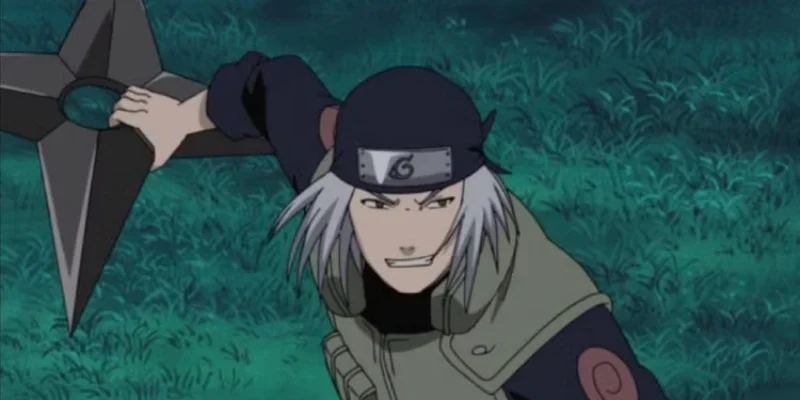 Studio Pierrot
Studio PierrotFifteenth is Mizuki from the first episode of ‘Naruto’, a disgraced instructor who manipulates Naruto into stealing the Scroll of Seals and then folds quickly once confronted. His only real edge is deception since his taijutsu and weapon use fail the second a determined opponent stands up to him in a real fight.
In the ‘Naruto’ adaptation by Studio Pierrot he vanishes from the conflict almost as soon as he arrives, which shows how little impact his schemes have on the larger story. His return appearances rely on tricks and borrowed power and not on any growth that would make him truly dangerous.
Hammerhead
 Madhouse
MadhouseFourteenth is Hammerhead from ‘One Punch Man’, the leader of the Paradisers who relies on stolen power armor to make noise in the city. Without the suit he is just a loud troublemaker and even with it he cannot handle a single serious hero encounter.
Season one animated by Madhouse shows how quickly his rampage ends once real strength appears, and his brief arc works mostly to highlight the gap between thugs with gadgets and trained heroes. He talks revolution but never delivers results that change anything.
Hol Horse
 David Production
David ProductionThirteenth is Hol Horse from ‘JoJo’s Bizarre Adventure’, a gunslinger whose Stand summons bullets he can steer in flight. His attacks look scary on paper but he constantly needs a partner to set up openings and he panics the moment plans go sideways.
David Production frames him as a recurring nuisance across ‘Stardust Crusaders’, where he survives through escapes rather than victories. His episodes underline that a flashy Stand does not make a fighter if resolve and tactics are missing.
Kyogai
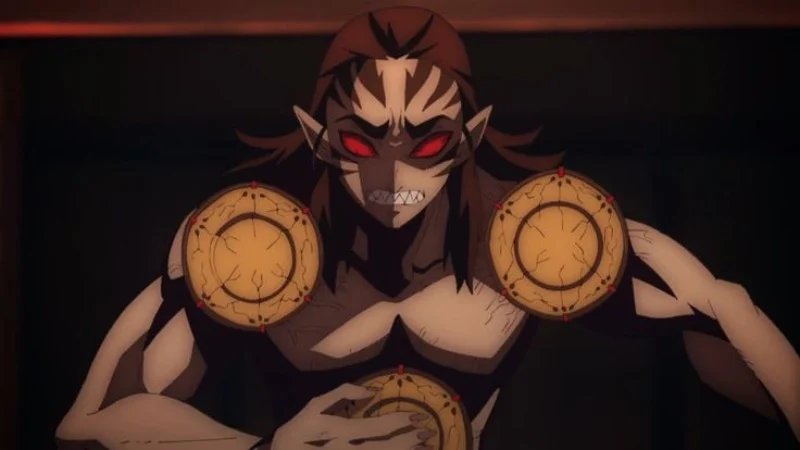 Ufotable
UfotableTwelfth is Kyogai from ‘Demon Slayer’, the Drum Demon who shifts rooms by striking drums embedded in his body. The power disorients intruders yet his claws and speed lack the bite needed to finish skilled demon slayers who adapt to patterns.
Ufotable presents his backstory and skill ceiling with clear focus, showing a demotion among the Twelve Kizuki that explains his limited threat. Once his rhythms are read he becomes a stationary target and the fight ends decisively.
Barry the Chopper
 Bones
BonesEleventh is Barry the Chopper from ‘Fullmetal Alchemist: Brotherhood’, a serial killer bound to a hollow suit of armor. He can withstand normal blows and swing heavy weapons, but alchemists and trained soldiers bypass his clumsy offense with ease.
Bones uses Barry mainly to reveal the horror of soul binding and to move investigations forward in ‘Brotherhood’. His confrontations end when opponents exploit his impulsive nature, which leaves him cornered or outmatched in every serious clash.
Gentle Criminal and La Brava
 Bones
BonesTenth is Gentle Criminal with La Brava from ‘My Hero Academia’, small time villains whose plans revolve around publicity rather than conquest. Gentle uses elasticity to bend surfaces and La Brava powers him up briefly, but their operations stall when faced with prepared student heroes.
The adaptation by Bones treats their arc as a study in motives and not in overwhelming force. Their most notable heist loses momentum once defenses tighten and the pair bow out with minimal damage done to anyone.
Spandam
 Toei
ToeiNinth is Spandam from ‘One Piece’, the chief of CP9 who holds authority without the strength to back it up. He carries a government issued sword that happens to be a zoan type elephant but he cannot wield it with any control or skill.
Toei Animation highlights how he hides behind stronger agents while pushing orders that others must enforce. His failures in the Enies Lobby storyline hinge on cowardice and incompetence rather than on any clash of equals.
Jaken
 Sunrise
SunriseEighth is Jaken from ‘Inuyasha’, a retainer who serves Sesshomaru with loyalty and little combat output. He carries the Staff of Two Heads which spits fire and poison yet he rarely hits anything that matters and usually ends up needing rescue.
Sunrise uses Jaken for guidance and comic relief throughout ‘Inuyasha’, and his presence underscores how power in that world concentrates in demons and half demons with real technique. His attempts at offense mostly stall or fizzle in the field.
Weevil Underwood
 Studio Gallop
Studio GallopSeventh is Weevil Underwood from ‘Yu Gi Oh Duel Monsters’, a tournament champion who leans on insect strategies like field control and parasite play. His approach depends on traps that fall apart once opponents recognize the setup and clear the board.
Studio Gallop depicts Weevil as an early foil who fades as duelists evolve into faster and stronger decks. He sneaks advantages outside the arena but inside regulated matches his plans unravel under pressure.
Rex Raptor
 Studio Gallop
Studio GallopSixth is Rex Raptor from ‘Yu Gi Oh Duel Monsters’, a dinosaur themed duelist who banks on brute force without consistent backup. His signature monsters look intimidating but run out of steam when rivals drop counters or higher attack values at the right time.
With Studio Gallop steering the show his defeats underscore how limited strategies cannot keep up across long arcs. He remains memorable for personality and not for winning plays against top contenders.
Higuma
 Toei
ToeiFifth is Higuma from ‘One Piece’, the mountain bandit who bullies townspeople until real pirates arrive. He brings a group and a pistol but lacks the strength or experience to threaten anyone beyond civilians.
Toei Animation uses his brief appearance to set stakes for the world of ‘One Piece’, where crews train on the sea and leave local thugs far behind. His confrontation ends quickly once the power gap is exposed.
Team Rocket’s Jessie and James
 OLM
OLMFourth is Team Rocket’s Jessie and James from ‘Pokémon’, career thieves who chase rare Pokémon with elaborate gadgets. They field a rotating roster that includes Meowth who speaks human language yet their battles collapse once opponents counter the gimmick of the week.
OLM animates their persistence across countless regions where blast offs have become a running bit. They collect information and try creative devices, but their capture rate remains near zero whenever trainers fight back with even basic coordination.
Emperor Pilaf
 Toei
ToeiThird is Emperor Pilaf from ‘Dragon Ball’, a tiny tyrant with grand plans and no staying power. He locates Dragon Balls and builds machines yet always loses control of events before he can make a wish that sticks.
Toei Animation presents him as a constant in early adventures where his technology fails against martial artists and allies who improvise on the fly. His schemes highlight ambition without the strength needed to defend it.
Shu and Mai
 Toei
ToeiSecond is Shu and Mai from ‘Dragon Ball’, the loyal operatives who help Pilaf with thefts and gadget tests. Shu uses ninja tools and Mai handles firearms and explosives, but their missions end the moment heroes step in.
In Toei Animation’s long running franchise they recur as comic foils whose chase scenes conclude with self inflicted mishaps. Their track record shows planning without execution that can survive contact with determined defenders.
King Nikochan
 Toei
ToeiFirst is King Nikochan from ‘Dr. Slump’, an alien invader who spends more time stranded and confused than conquering anything. His attempts to seize Earth run into basic problems like transportation and resources which stops operations before they begin.
Toei Animation brings his misadventures to life in a world already dominated by eccentric scientists and superhuman kids. Every plot shows how a would be overlord can fail when even simple obstacles go unsolved from the start.
Share your own picks for hilariously ineffective baddies in the comments so we can compare notes.

.jpeg)
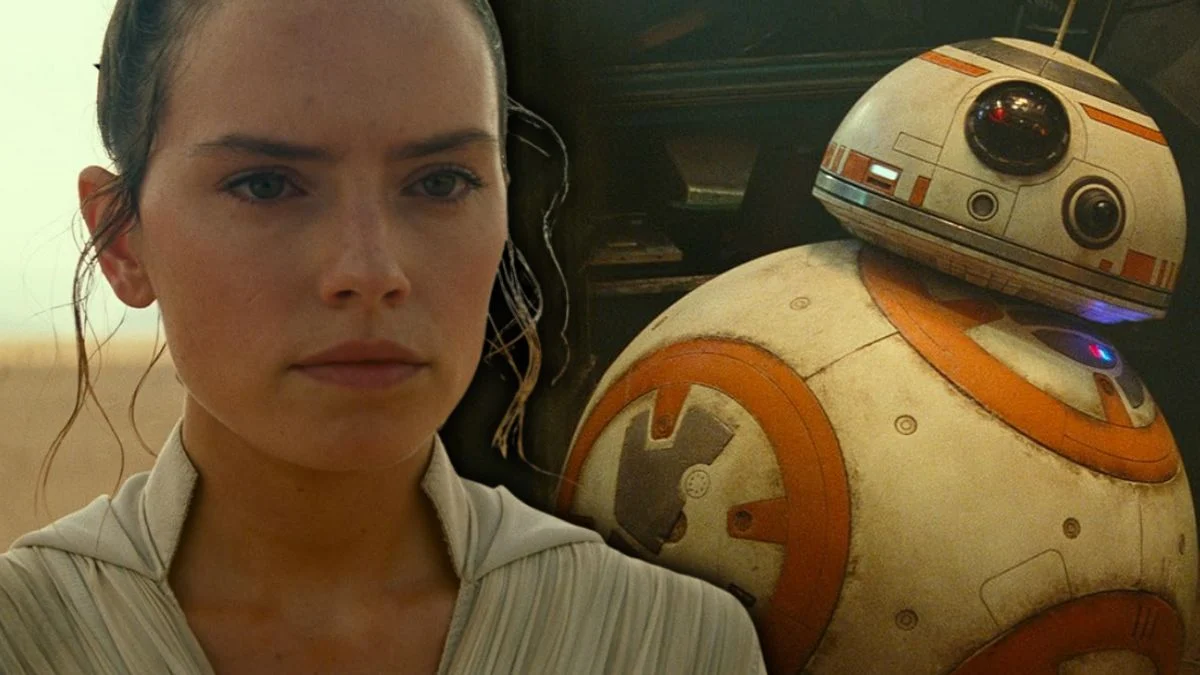







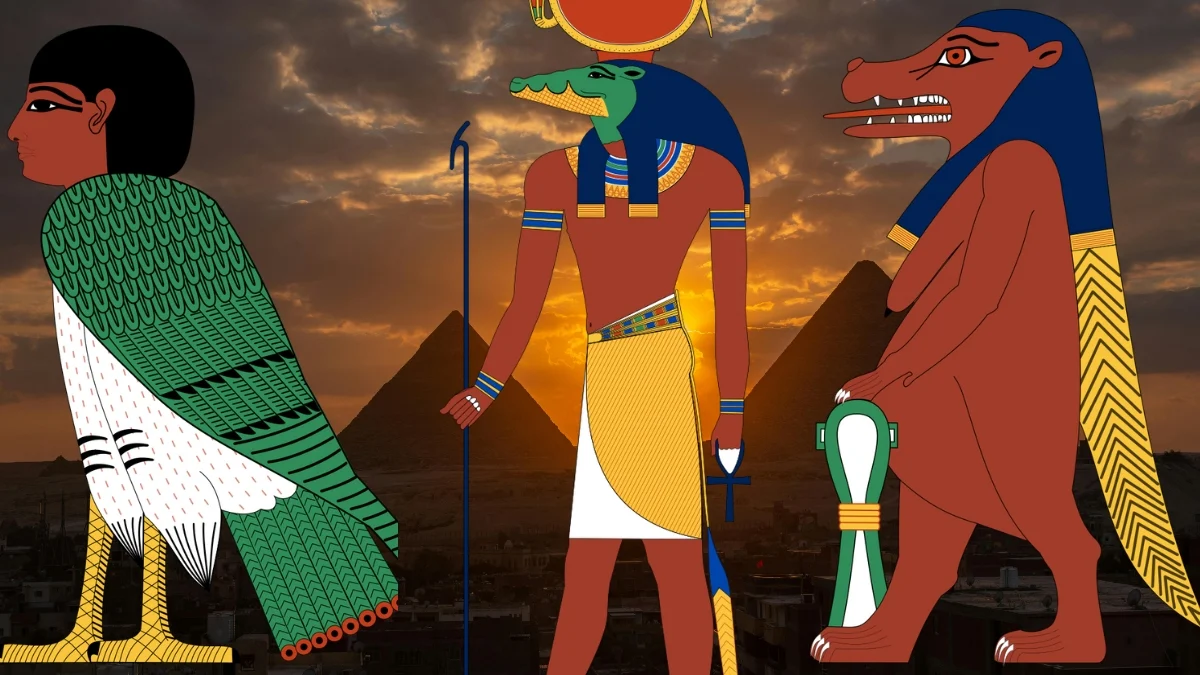
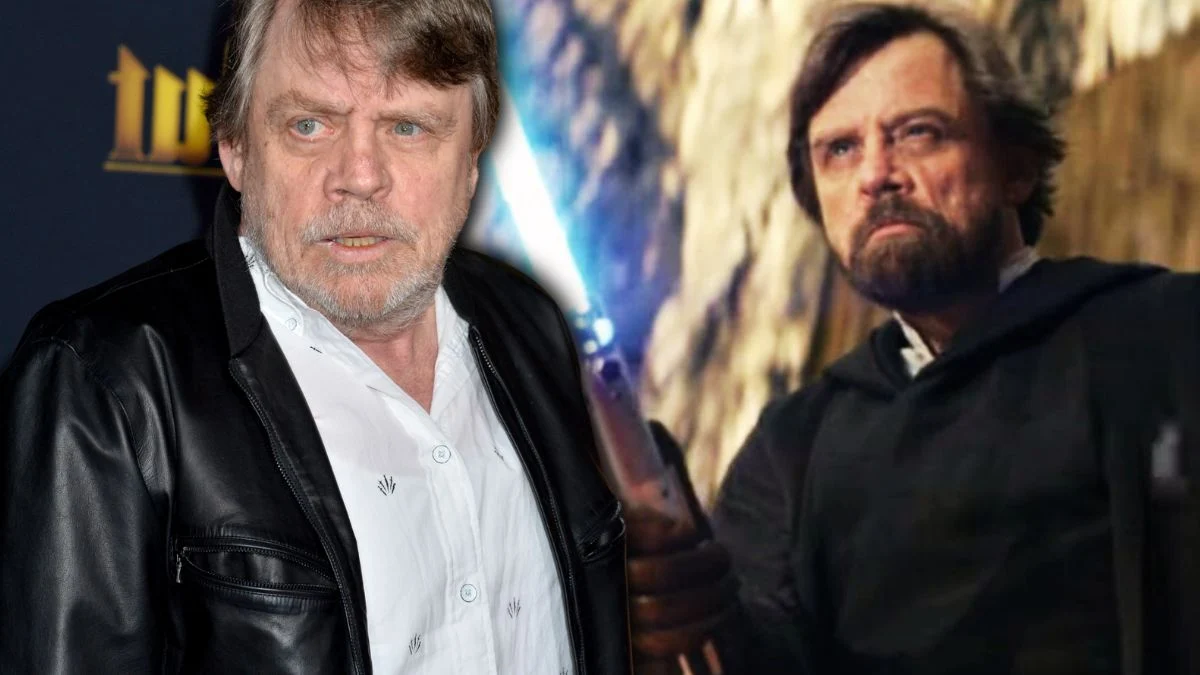






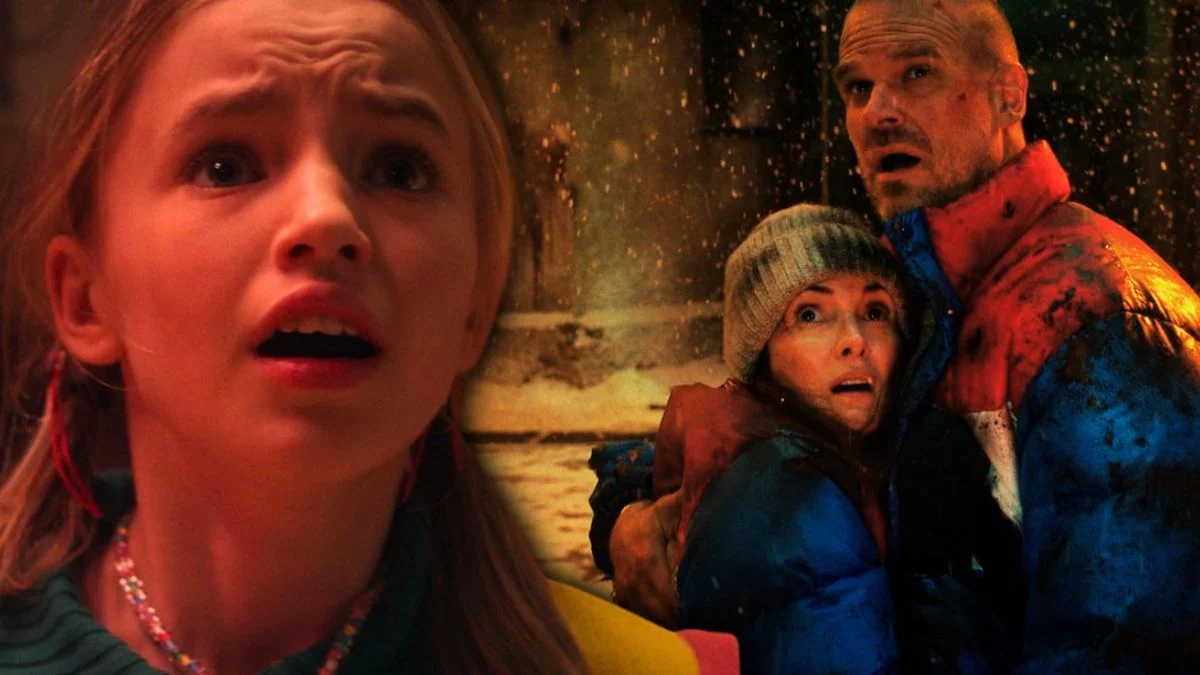

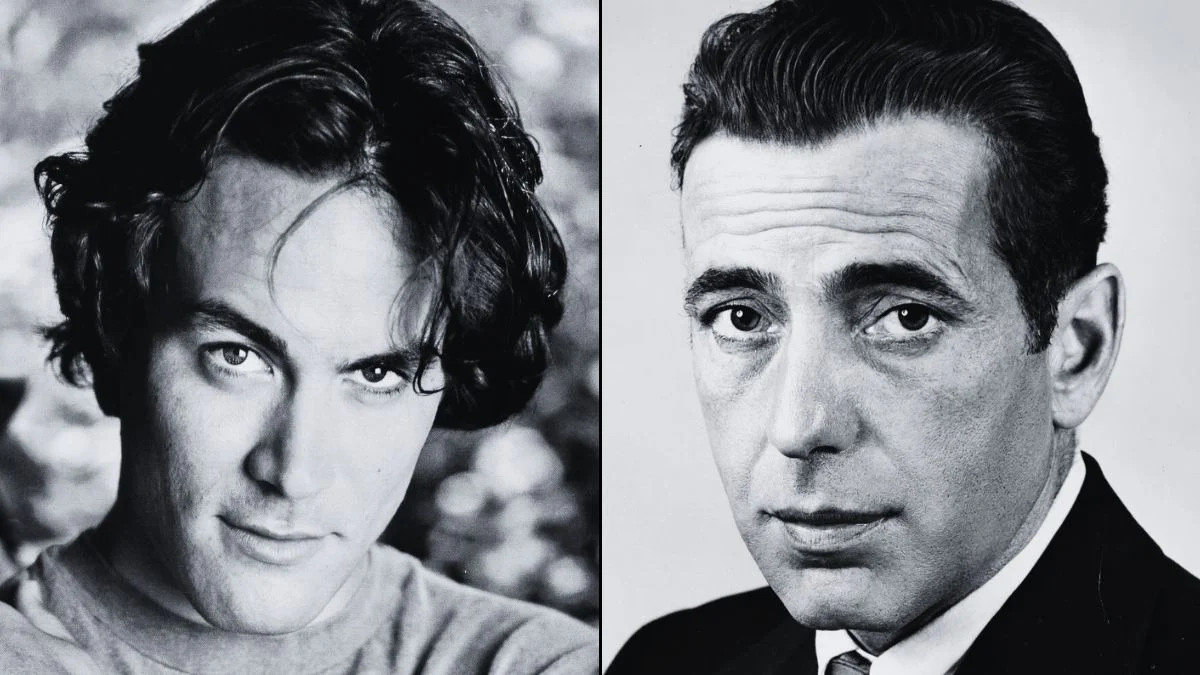




.jpeg)













 English (US) ·
English (US) ·